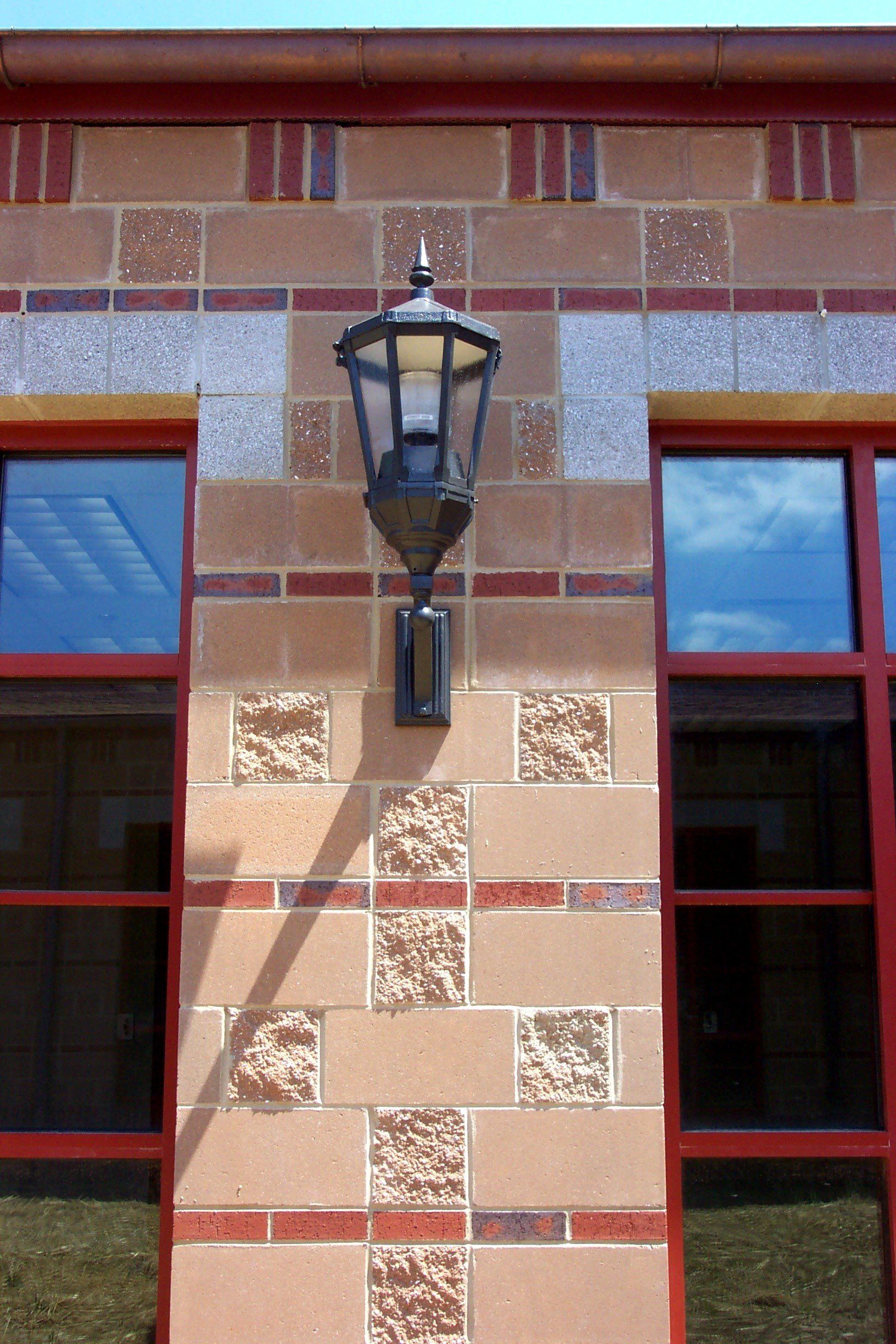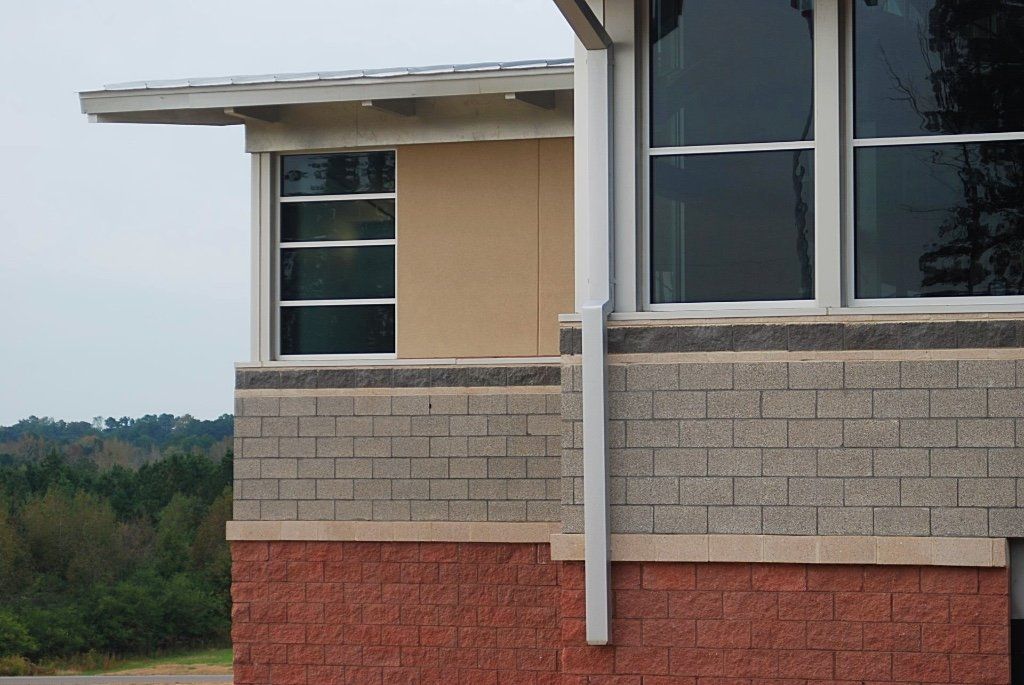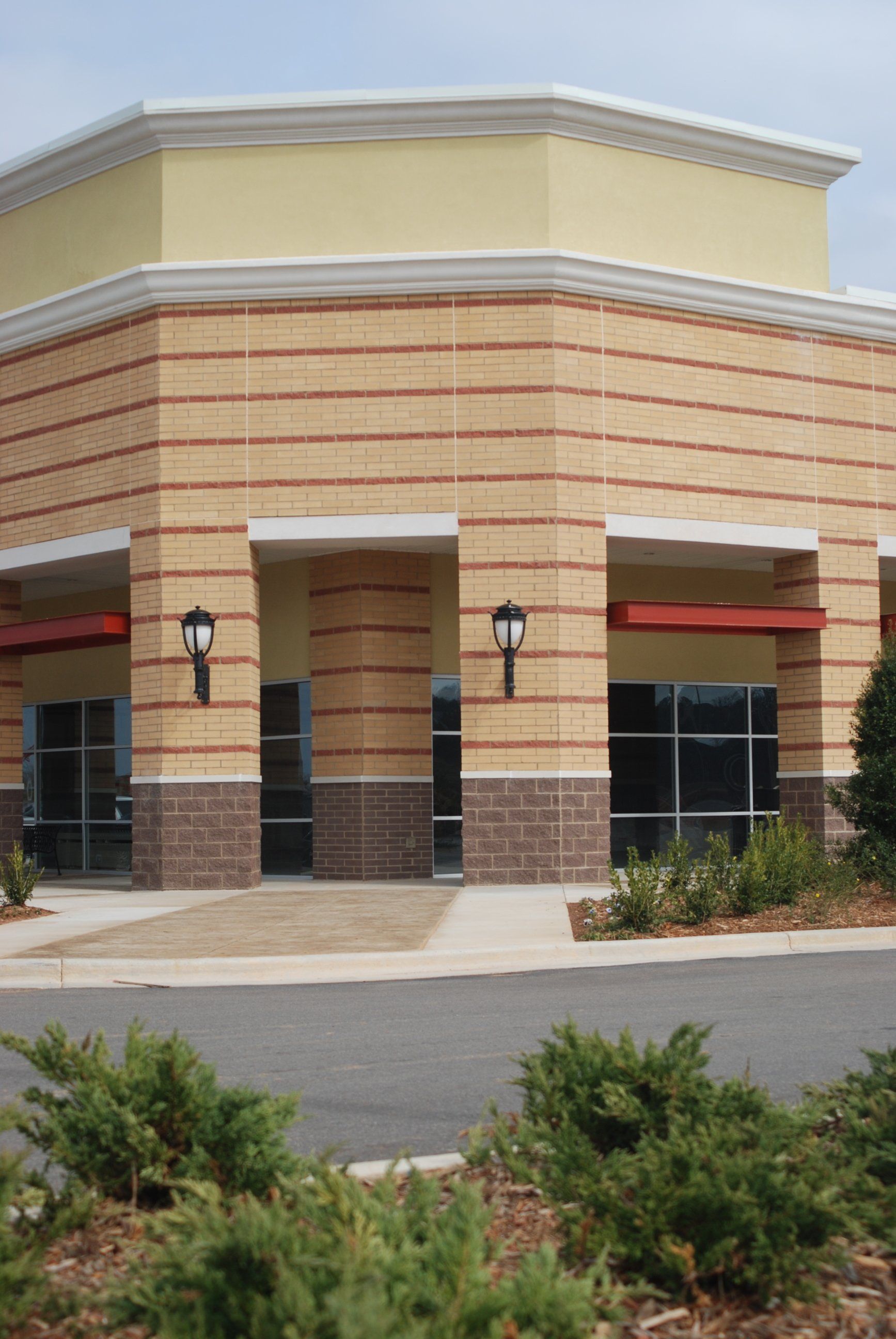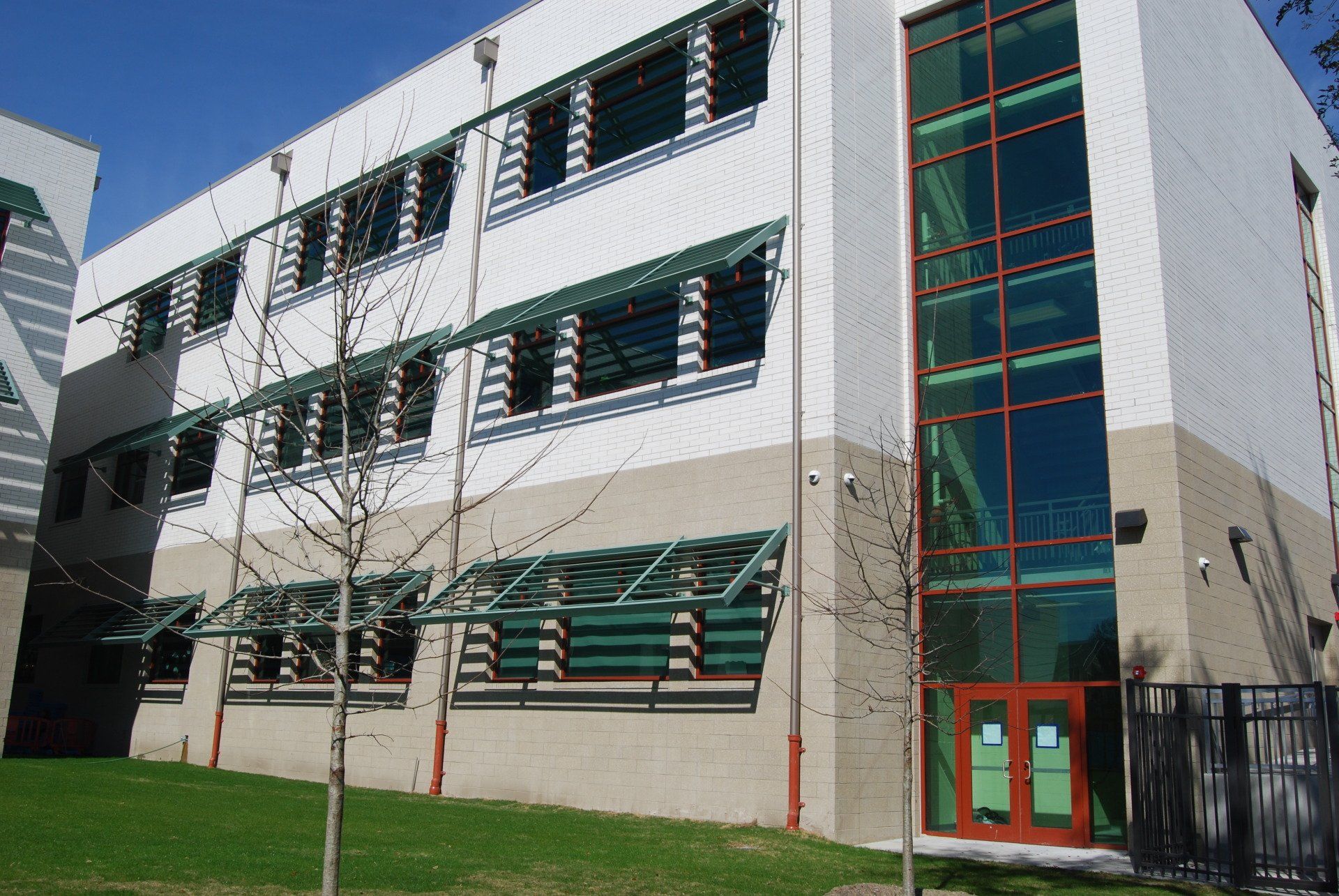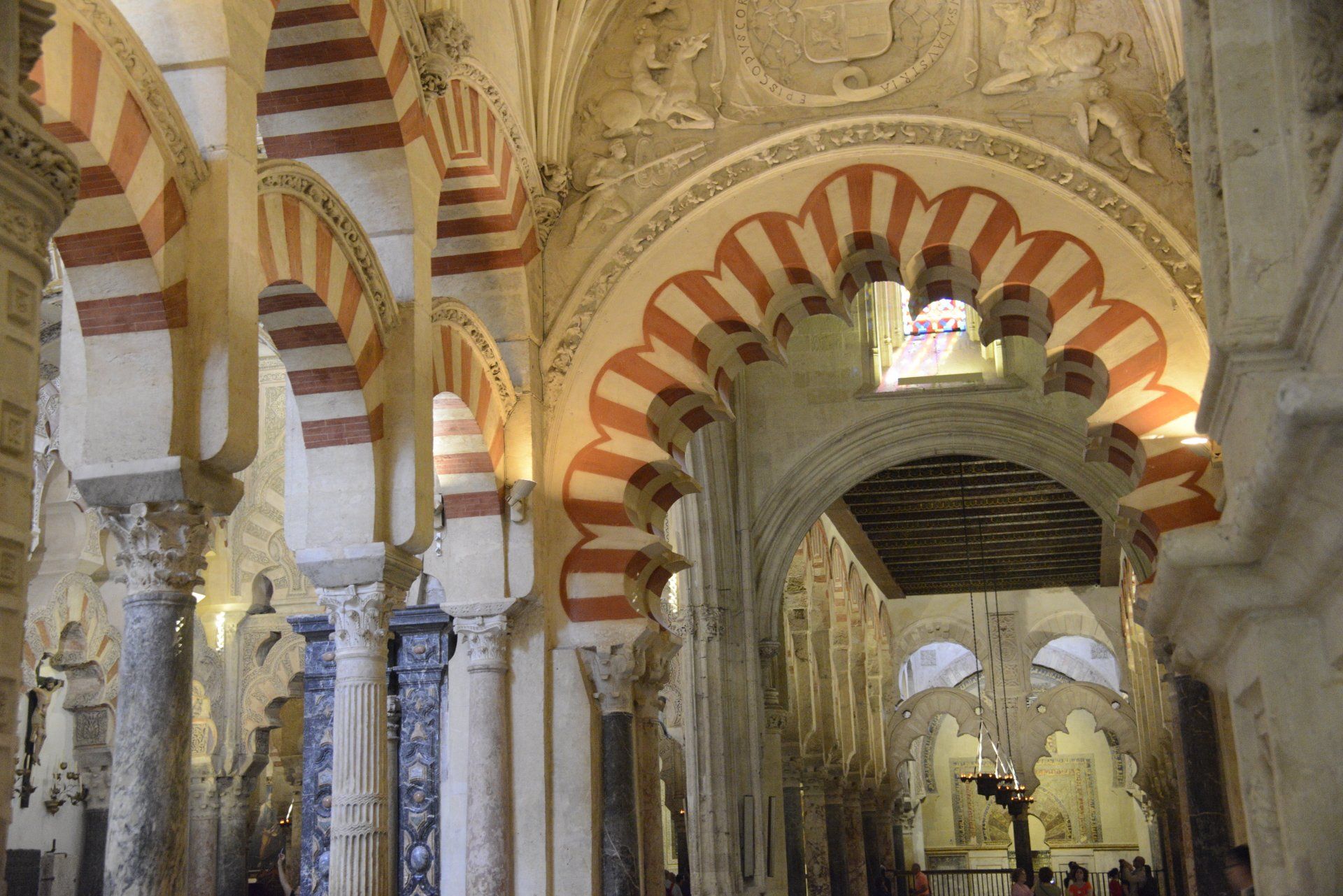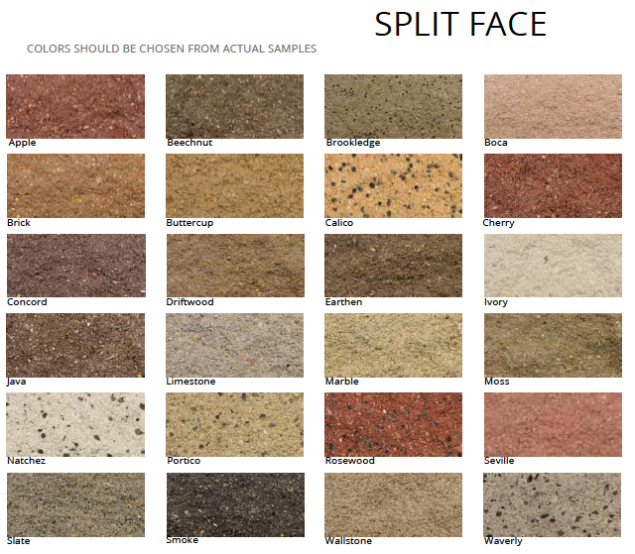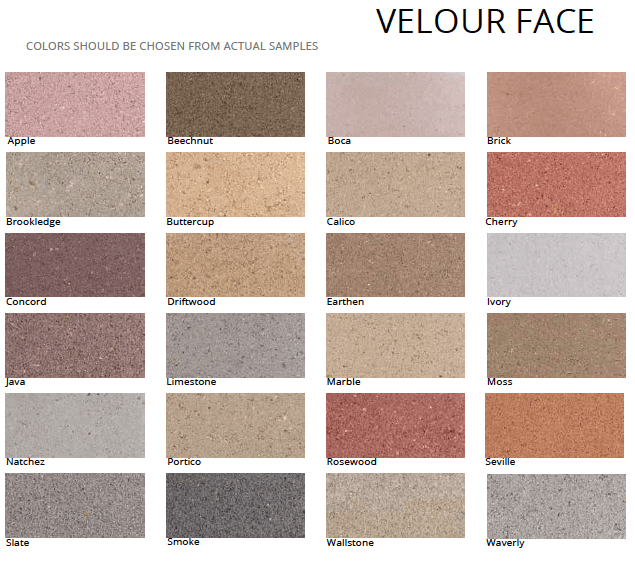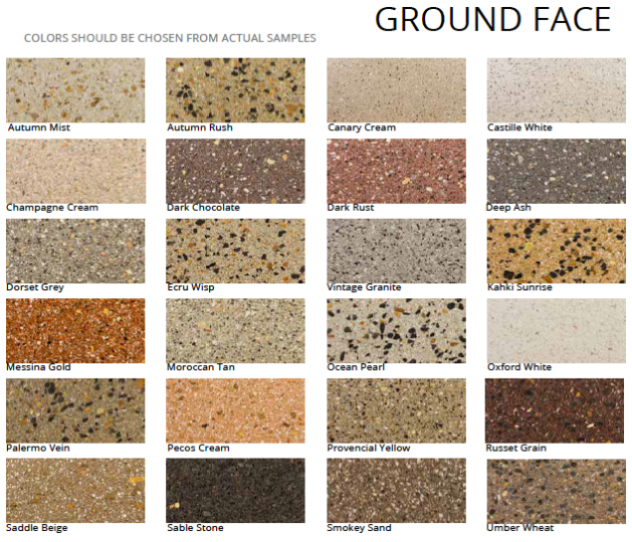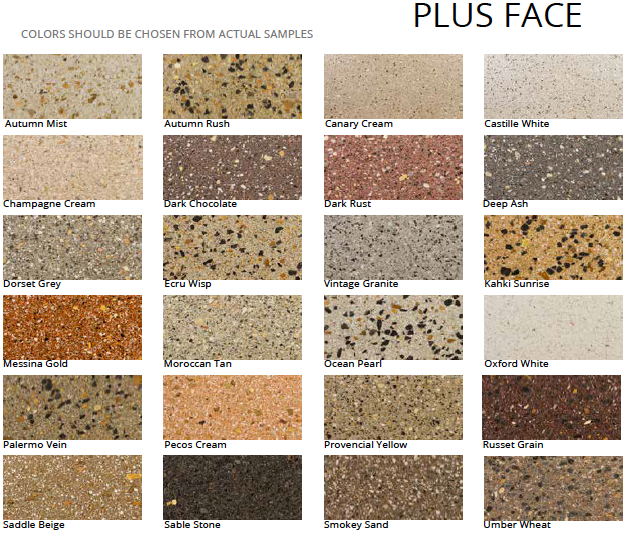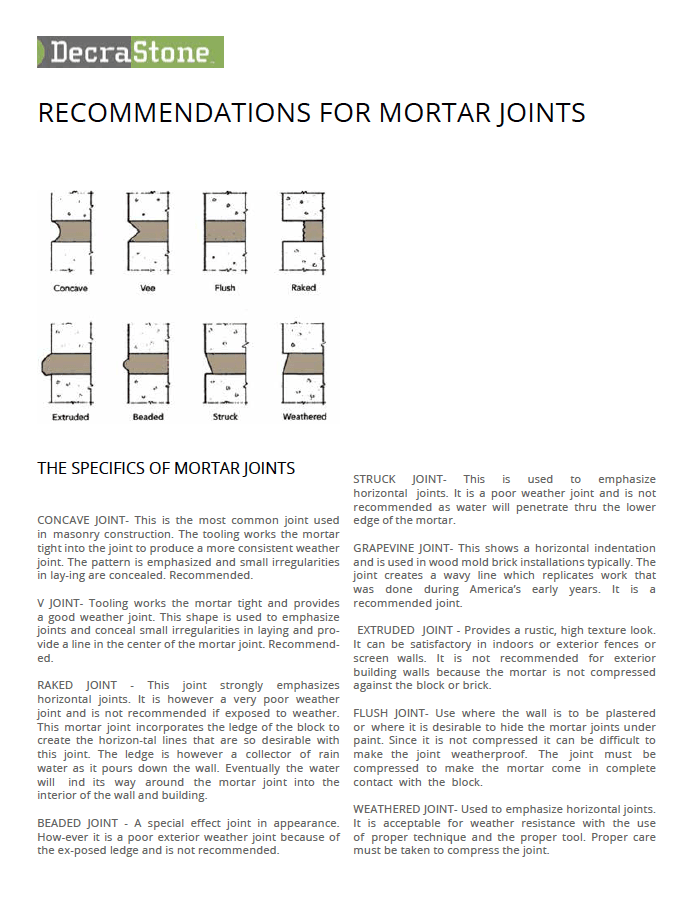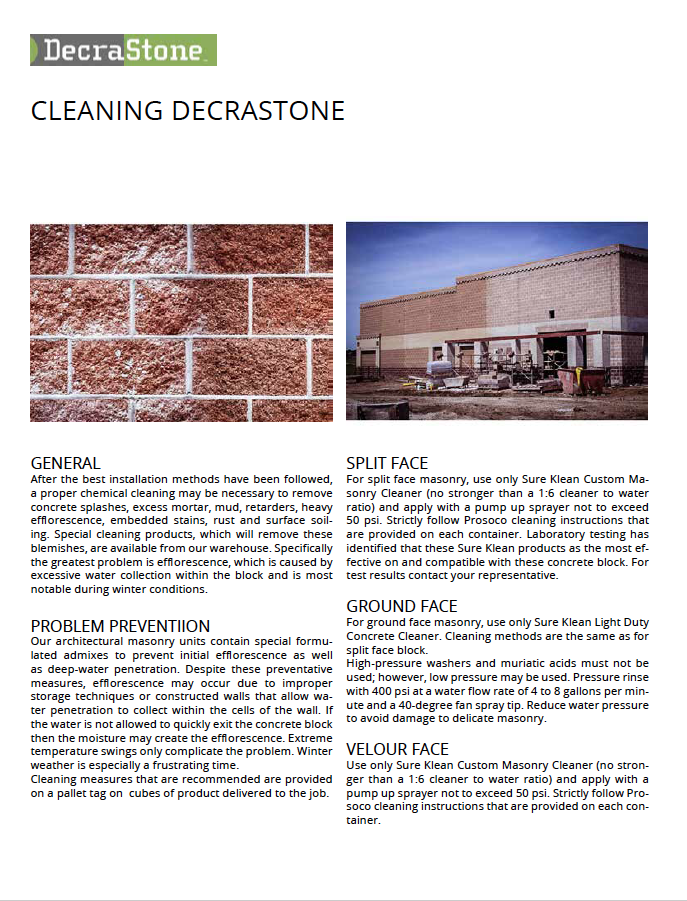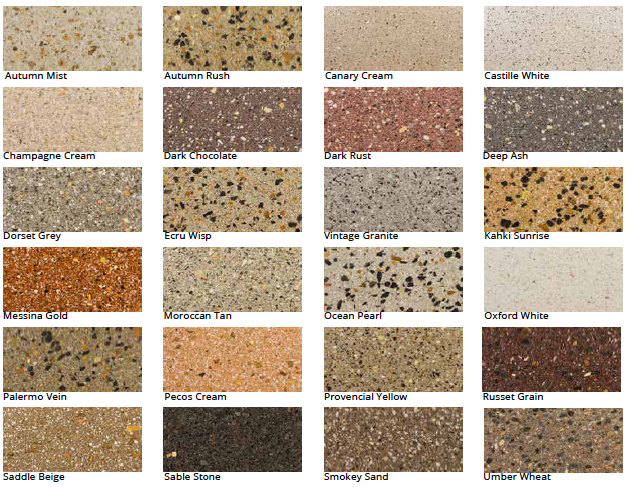Color Choices
Solutions News | A Publication of SRM Concrete, producers of Decrastone | Fall 2021 Edition
Color Choices
Imagine The possibilities
Color imagination is a designers dream. Color in architecture has existed for thousands of years. Masonry colors can be very creative. Pardon our use of historical European buildings, but they are just too exciting to leave out of a color essay.
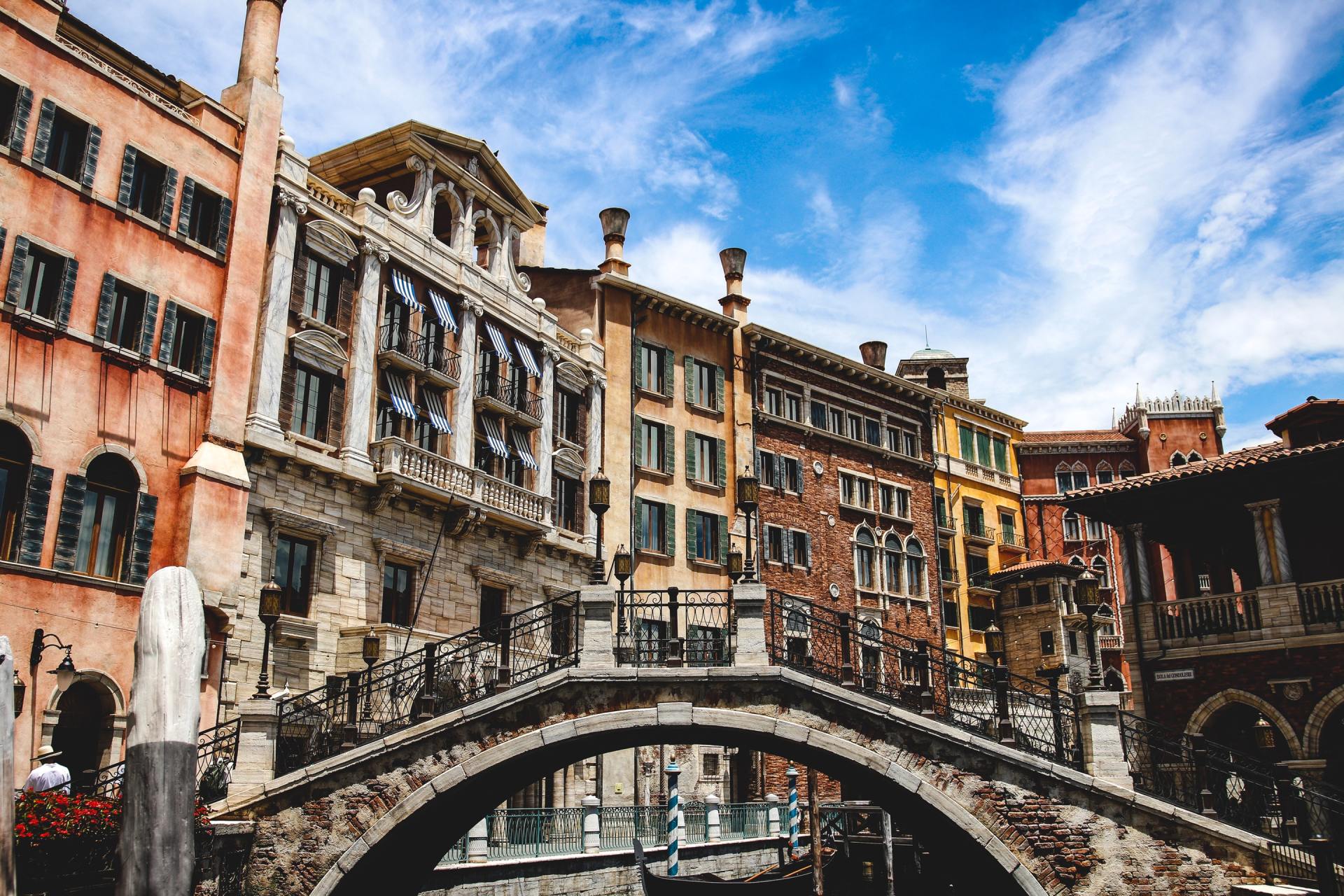
Old World Inspiration
Murano style
ButtonCordoba's La Mezquita
Button
Challenge
Every color we produce has gone through years of evaluation for uniqueness, consistency, and value. We change colors as trends change but always keep the replaced colors on the shelf for matching or selection as necessary.
Value
Competitively priced and routine distribution within the SouthEast our products are specified throughout the U.S. Castille White, Oxford White are determined to be unique because of their clean white marble aggregates that are incorporated into their mix designs. Earthen colors are incorporated into modern b, and the new textured colors are available for situations where more complexity is required in the face of DecraStone architectural masonry.
Variety
Just imagine the colors available in gray split face, black split face, tan split face, white split face, red split face, or brown split face and their many variations. Ground face CMU's are also possible in many of the same varieties. More options than any brick available on the market and more face types.
The Highest Quality Color and Processes
Liquid Colors are more efficient
Liquid pigments provide consistent color between batches. Our liquid pigments offer a cost-effective means of safely and efficiently adding color to block, retaining wall, and paver production. For over 30 years, our staff has used liquid pigments to produce uniform and consistent color for concrete our products. Our liquid colors have proven to be the most reliable means of introducing color into our concrete batches.
Computerized Batching
Environmental, ergonomics, waste considerations
- State of the art technology – latest in PC-based automation control
- Convenient and accurate batch control – repeatable accuracy to +/- 0.05 lb (0.02 kgs)
- Color On-Demand -The ability to produce an unlimited range of colored products
- Time efficiency – system speed keeps up with any plant operation
- Quality Control – Permanent database records of every batch you produce
- Cleaner operation – No direct handling of dry pigment, no batching dust or messy color sheds
- Increased safety – Reduce injuries from lifting heavy bags of dry pigment
Mortar Joint Color Considertions
Since the mortar joint makes up about 20% of a masonry structure’s surface area, coloring the mortar enhances the building’s appearance. White mortar, for example, will lighten the wall and dark mortar will cause the wall surface to appear darker than the standard grey mortar color. Using colored mortar with a white block is not advisable as it can cause discolorations on the surface of the masonry and much emphasize the joint mortar.
For colored mortars, the use of white masonry cement instead of the standard gray cement, not only produces cleaner, brighter colors, but is essential for making pastel colors such as buff, cream, ivory, pink, and rose. Integrally colored mortar may be obtained through the use of pigments, colored masonry cement, or colored sand. Mortar color is so sensitive to pigment content that proportioning is best accomplished by using pre-pigmented cement or pre-weighed pigment packages. The color of the mortar joints will depend not only on the pigment, but also on the cementitious materials, consistent sand, water-cement ratio, and proper tooling.
Mineral oxide pigments (usually natural or synthetic iron oxides) are recommended for use in mortar and provide color stability in the finished mortar joint. Pigments should conform to ASTM C979, Specification for Pigments for Integrally Colored Concrete, and their addition rate to mortar should not exceed 5 percent by weight of the masonry cement content.
